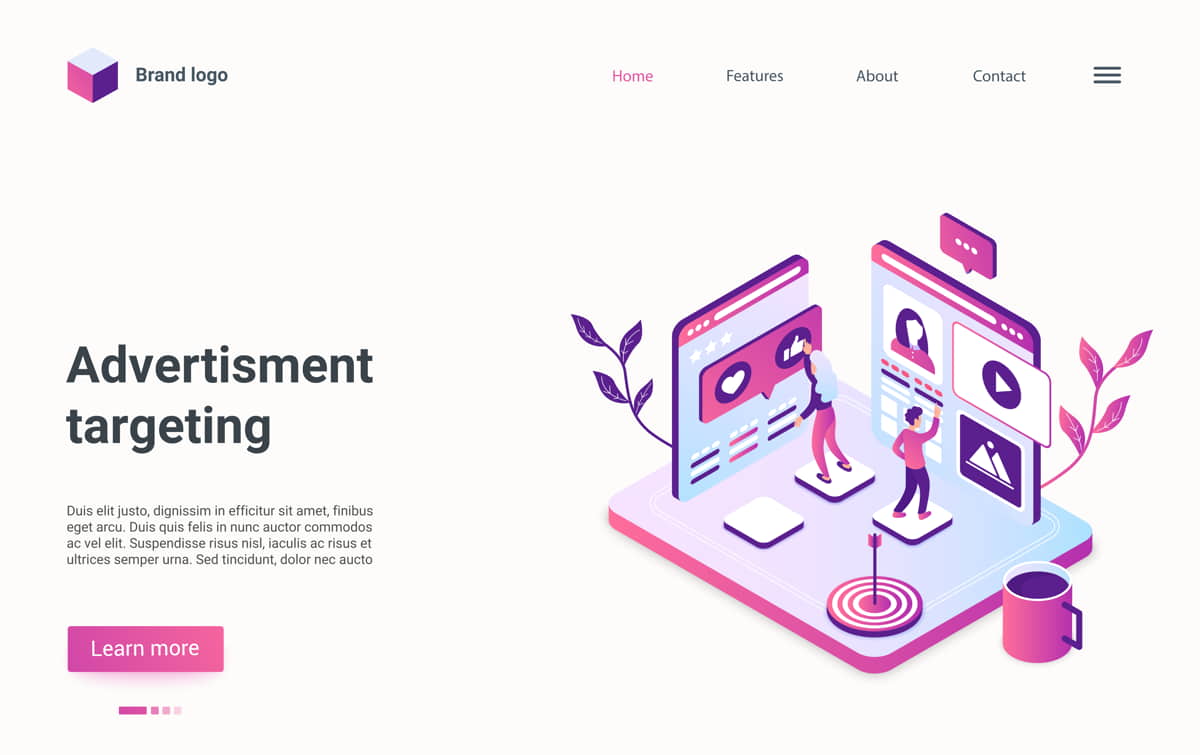New hires can only become productive team members with a proper onboarding procedure. In addition to equipping new hires with the resources they’ll need to do their jobs well, the onboarding process should also make them feel welcome and appreciated. These are five suggestions for Improving the Onboarding Process of New employees and making the new hire process smoother.
Contents
Tips: How To Improve the Onboarding Process of New Employees
Start before Day 1
The onboarding process should start far before the new hire’s first day. To do this, send out a welcome email or package outlining the company’s culture, purpose, and values, as well as any paperwork that has to be filled out before the first day of work. The new hire will appreciate the effort, and it will set them up for success on their first day.
Assign a Buddy
New hires might feel more welcome and encouraged with the aid of a buddy or mentor. The wingman may show them around the workplace, introduce them to the rest of the crew, and address any concerns the new hire may have. If this is done, the new hire may feel more a part of the group and the company’s culture.
Provide Clear Expectations
It’s important to establish reasonable goals and timelines early on. The company’s rules, the job description, and the expected level of performance all fall under this category. Giving new hires a rundown of what’s expected of them is a great way to set them up for success in their new position.
Create a Training Plan
A well-thought-out digital employee onboarding plan may speed up the onboarding process for new staff members. Job-specific training, business culture, and compliance training may be a part of this. For new hires to be successful in their positions, the training program should provide them with the skills they’ll need to do the job.
Seek Feedback
Getting input from new hires is crucial for fine-tuning the onboarding process. One way to do this is via surveys or personal meetings to discuss their feedback. To ensure future hires also have a good onboarding experience, getting feedback from those who have just gone through the process is important.
Benefits of Improving the Onboarding Process of New Employees
Improved retention
Employee engagement and retention may be boosted by giving new hires a good first impression of the organization via a well-planned onboarding procedure. Employees are more likely to stay with a firm for the long haul if they are made to feel appreciated and welcome from the start.
Increased productivity
A well-designed onboarding program may help new hires hit the ground running. If you provide them with the resources they need to do their jobs well, they may start contributing to the company immediately. In addition to improving how they settle in, you should also include getting them to learn how to improve customer onboarding process as soon as possible.
Better job satisfaction
New hires will probably be happy if they receive positive reinforcement and acknowledgment throughout the onboarding process. More happiness at work, better morale, and a more upbeat atmosphere in the workplace may result from this.
Types of Onboarding Process
Formal Onboarding
This sort of onboarding aims to welcome and teach new staff in a systematic and organized manner. Structured onboarding programs often include an in-depth orientation, work shadowing, and mentorship.
Informal Onboarding
This onboarding is less formal than traditional onboarding and may need less training and orientation. Instead, new hires learn about the company and its culture through casual contact with coworkers and supervisors.
Virtual Onboarding
Telecommuting has increased the need for this kind of orientation procedure. New hires may be familiarized with the company and its values using virtual means such as in-person meetings, online training, and e-learning programs.
Personalized Onboarding
Each new hire undergoes an individualized onboarding procedure to meet their specific requirements and preferences. Formal and informal training, as well as chances for the new hire to share their thoughts and opinions on the onboarding process, are all components that may contribute to a more individualized orientation.
Buddy Onboarding
In this onboarding form, an experienced staff member is paired with a new hire to act as a guide and friend. A buddy is an experienced employee who assists a new hire in adjusting to the company and its culture during onboarding.
Conclusion
Employee satisfaction and loyalty may rise due to an enhanced onboarding process that makes new hires feel welcome, appreciated, and supported. Companies may design an effective onboarding process that helps new workers integrate into their new jobs smoothly by beginning the process before the first day of work, assigning a buddy, setting clear objectives, developing a training plan, and soliciting feedback.
Now think – if you could change one thing about your onboarding experience, what would it be?
Suggested: What are the most important elements of successful onboarding?


























